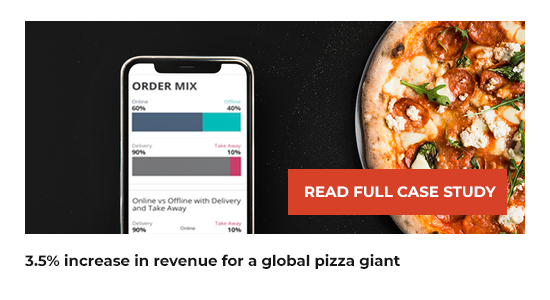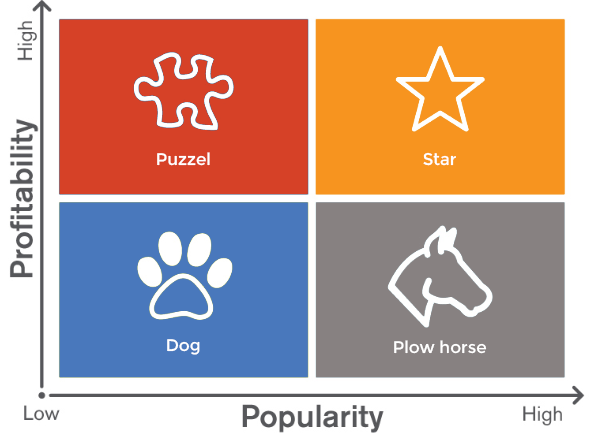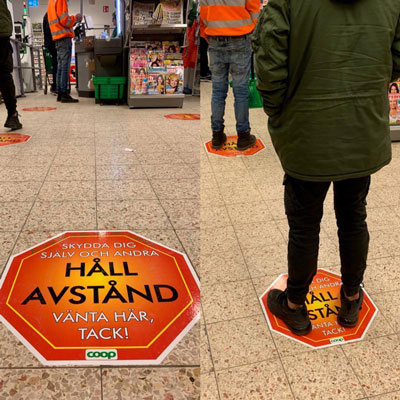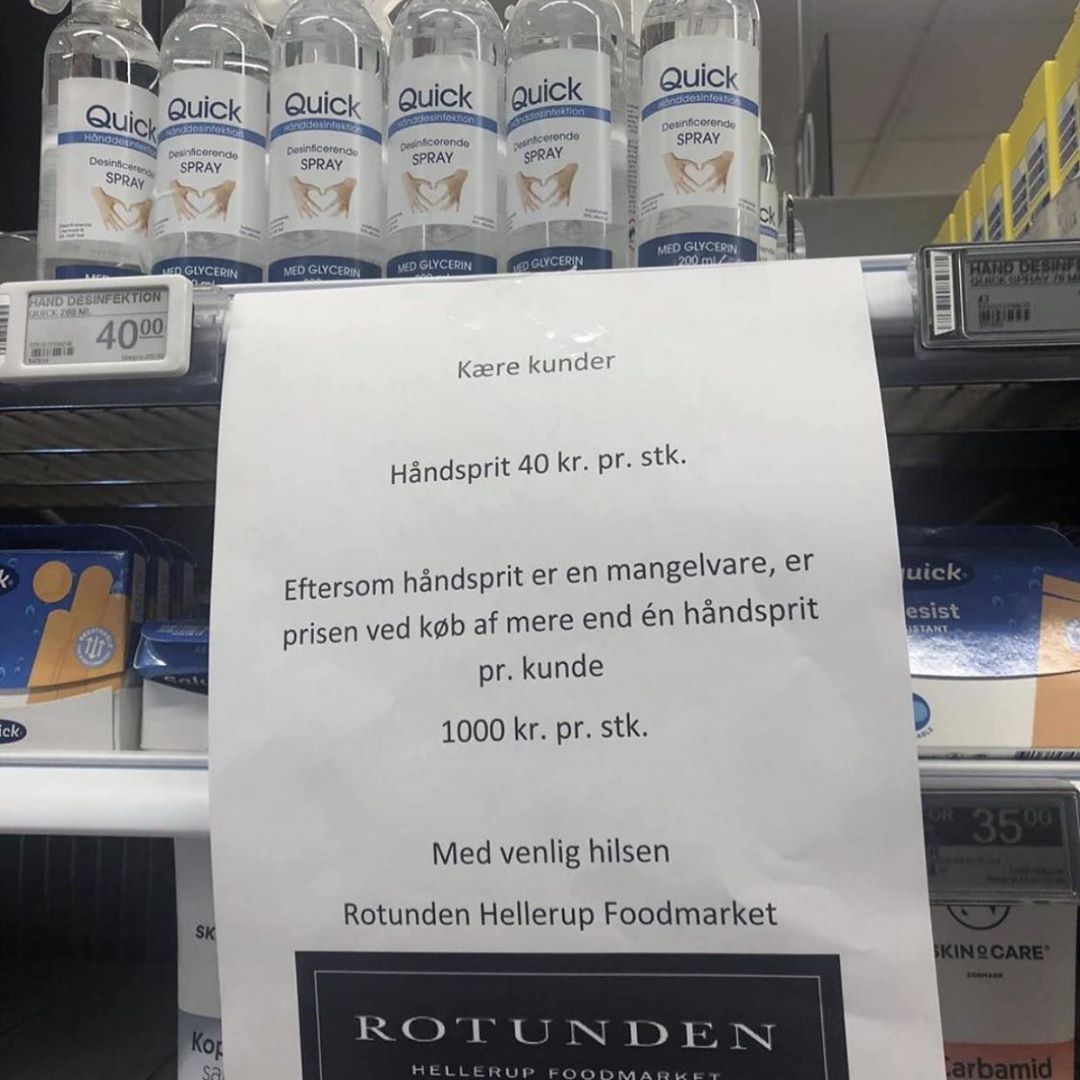The year 2019 would be all about algorithmic retailing as it encompasses the combined power of advanced analytics and artificial intelligence to transform retailing as we know it. Retailers have been already using various advanced analytics technologies till now, but with usable AI coming into the picture along with machine learning algorithms, smart data discovery, context-aware computing, and deep learning technologies – the process of retail decision-making as well as the mindset of retailers are in for a drastic change. One of the areas that are predicted to gain prominence in 2019 is algorithmic merchandising.
According to Gartner’s Hype Cycle for Retail Technologies, 2018, “algorithmic optimization improves and automates the decision-making required to support seven merchandising processes — assortment, space, replenishment and allocation, price, promotion, markdown, and size and pack — to adjust assortments by store, cluster or channel; determine buy quantities; optimize space allocation and planograms; and maximize product allocation and availability.” Predicted to be highly beneficial for retail, algorithmic merchandising will enable retailers to attain higher sales and margins. The technology seamlessly supports complex analytics that customer-centricity requires, enabling smarter decisions at any level of the retail organization.
Let’s dwell on how algorithmic merchandising can have a huge impact during the different stages of seasonal or cyclical retail businesses.
The Pre-Season Stage
During this crucial planning, stage retailers perform a lot of demand forecasting which consequently drive the allocation, production, and sales plans. During this phase analytics systems are used to forecast how products will fare in the market. Retailers have never completely relied on or trusted the data-driven demand forecasting model as they know that there are multiple other variables that affect demand. Even if analytical tools are used, a lot of gut and experience-based micro-decisions are made to generate demand forecasts. For instance, in fashion retail, new products are designed every season based on several factors like style, fabric, color, cuts, patterns, fit, finish, and texture that eventually influence shopping decisions.
In such a scenario AI and machine-powered analytics systems offer greater control over the use of these variables in modeling demand and therefore promise higher accuracy on the demand forecast. AI-augmented analytics takes into consideration the business context, real-time data, external influencers like weather, promotions, social media reviews, the performance of similar products, and a lot more to forecast demand. Accurate demand forecasting in-turn determines how well the inventory gets managed, how the pricing decisions get made, what kind of customer-engagement strategies get implemented, and much more.
The In-Season Stage
During this phase, the retailer’s focus is to execute according to the sales plan and generate maximum profits from the inventory. Inability to closely monitor how products are selling across the stores and controlling their inventory movement to match the plan typically results in out-of-stock situations or excess stocks that have to be heavily marked-down and cleared-off at the end of the season. With thousands of products and styles moving across hundreds of stores, businesses today rely on algorithmic processes. These can detect patterns and bring to light the under-performing products that need a temporary price reduction tactic early on in the season to maximize their revenue during the rest of the season.
These algorithmic anomalies also uncover other opportunities in the business, like changing store merchandising or running behaviorally targeted campaigns to lift sales. In this phase, retailers can leverage algorithmic retailing for inventory optimization, price recommendation, assortment tuning, new product sales optimization, customer-centric offer recommendations, personalized promotions, and a lot more. All these results in optimized sales and profits.
The End of Season Stage
After the season is over, products that have not sold well despite in-season optimization efforts have to be marked down in a specific promotional/clearance window. AI and machine learning techniques are useful in processing answers to questions like – “What percentage of markdown price is ideal for each product to clear-off its inventory?” Or “Which products have most chances of a sale in which store locations?”
Algorithmic markdown analytics continuously optimizes markdown price for the highest return on inventory in each store cluster and store location. It analyses which products need to be discounted, what should be the amount of the discount, the price elasticity, competition from other retailers, ongoing promotions, other marketing techniques, shelf placements, and so on. AI-augmented algorithms can build several decision-trees at the same time on a variety of sub-groups and then combine them all to present a predictive solution. They can also interface with pricing systems to automatically (or through a workflow) implement recommended price changes across the store network, thereby, making it easier to implement the pricing decisions.
Manthan’s Algorithmic Merchandising Solutions
Realizing the disruptive power of these technologies, Manthan has been focusing heavily on AI and machine learning techniques to automate data management, algorithm processing, and insight generation in order to improve analytics consumption across the retail organization. We apply these technologies in retail merchandising applications to automatically sense the merchandising user’s decision context, machine-generate insights, make AI-augmented recommendations, and execute the decisions.
Our AI-powered analytics platform also offers a conversational analytics interface which allows users to talk to the system in the natural language. Users can not only run descriptive analytics uses cases, but also complex predictive and prescriptive ones. For these reasons, Manthan’s innovative retail analytics solutions have found special mention in categories including, “AI in Retail”, “Algorithmic Retailing” and “Algorithmic Merchandise Optimization”, in Gartner’s Hype Cycle for Retail Technologies, 2018.
Manthan’s customer-centric Merchandising Analytics Solution leverages the power of AI to offer superior business outcomes. Meet us at NRF NYC 2019 (National Retail Federation), Retail’s Big Show and Expo to take a peek into the future of retail.



























